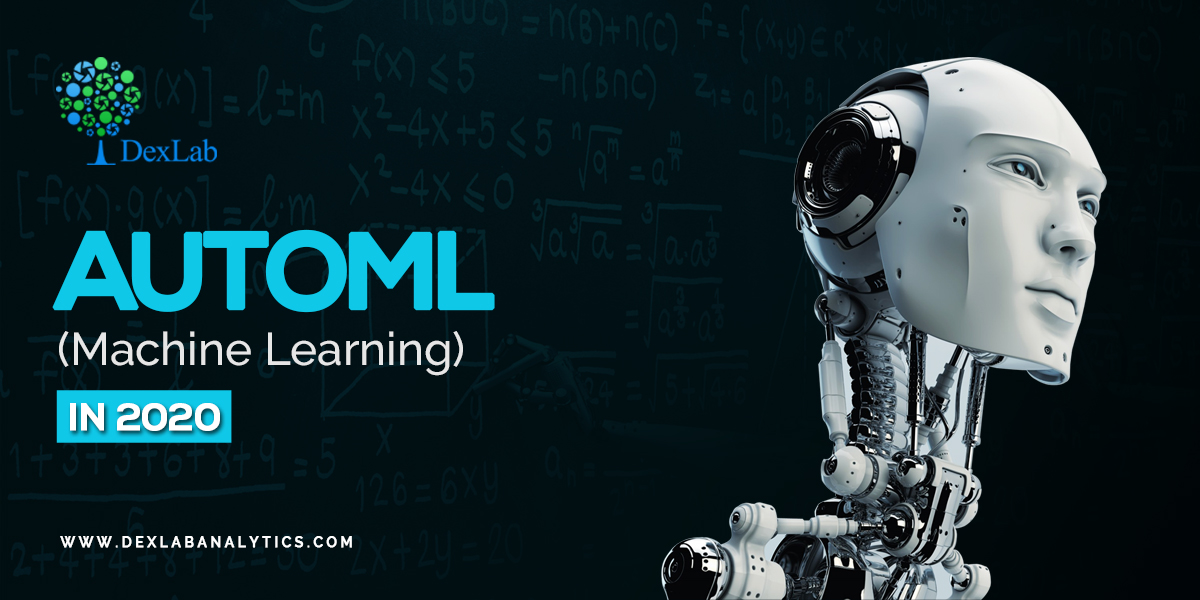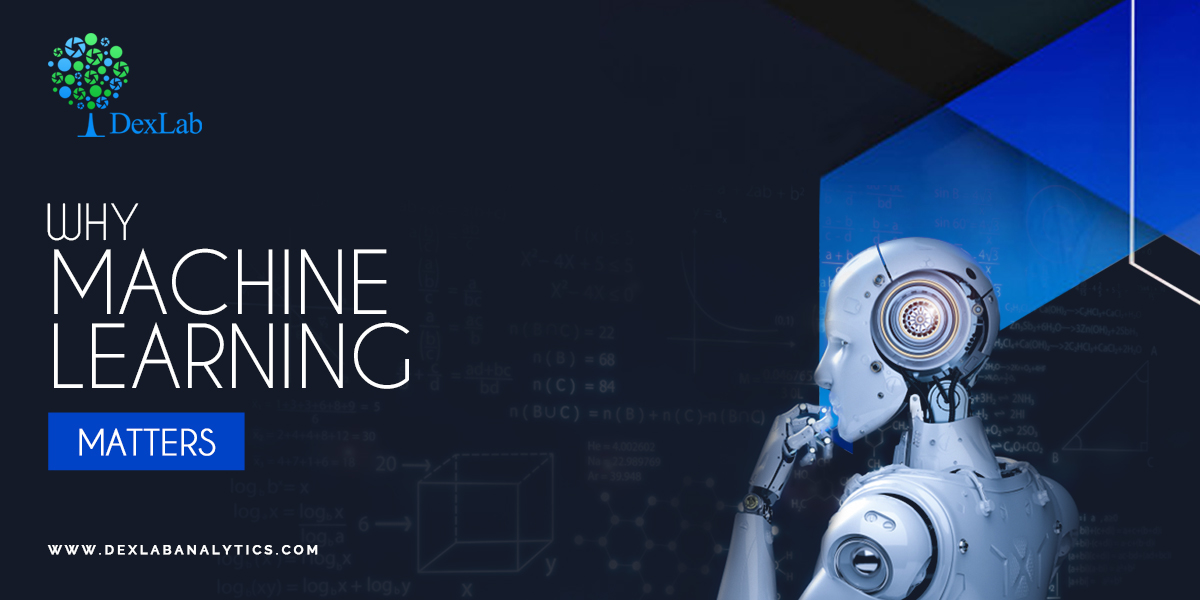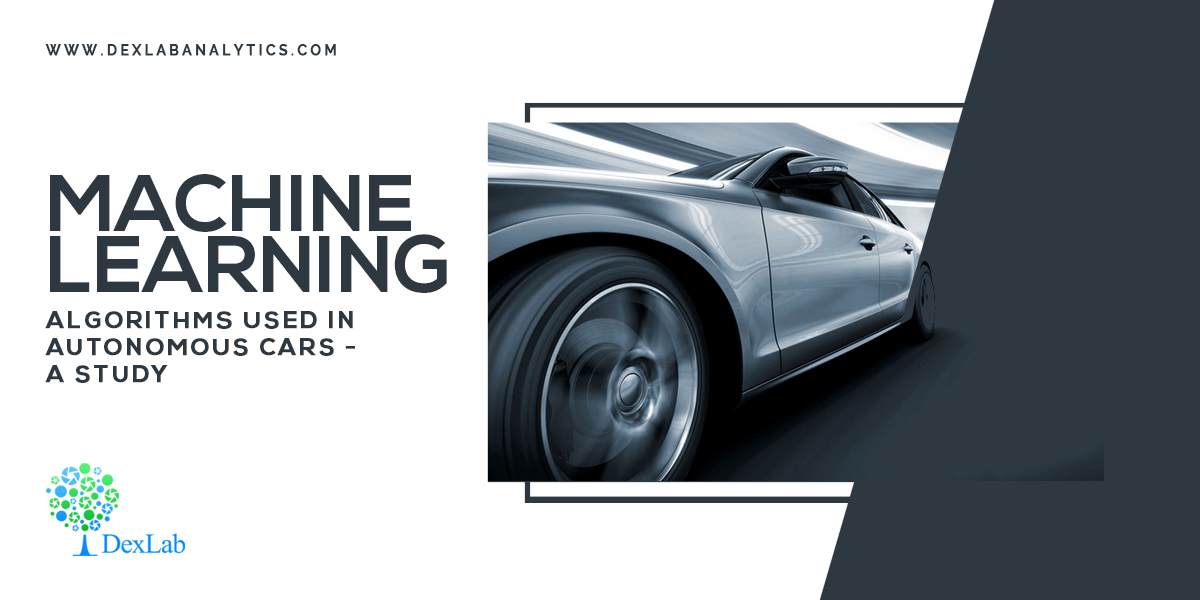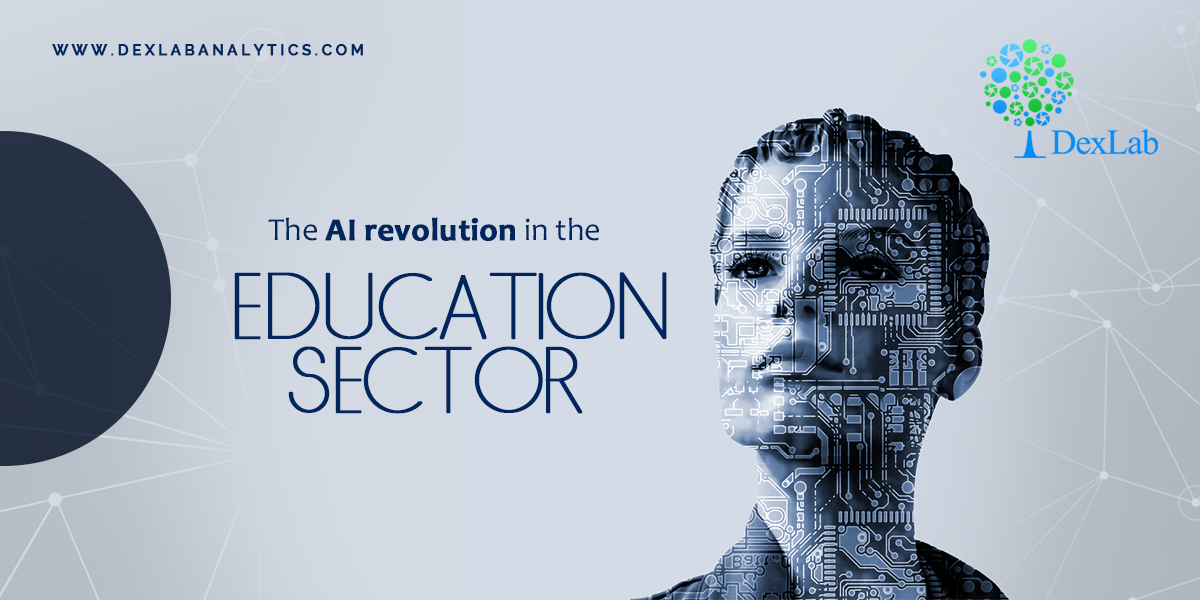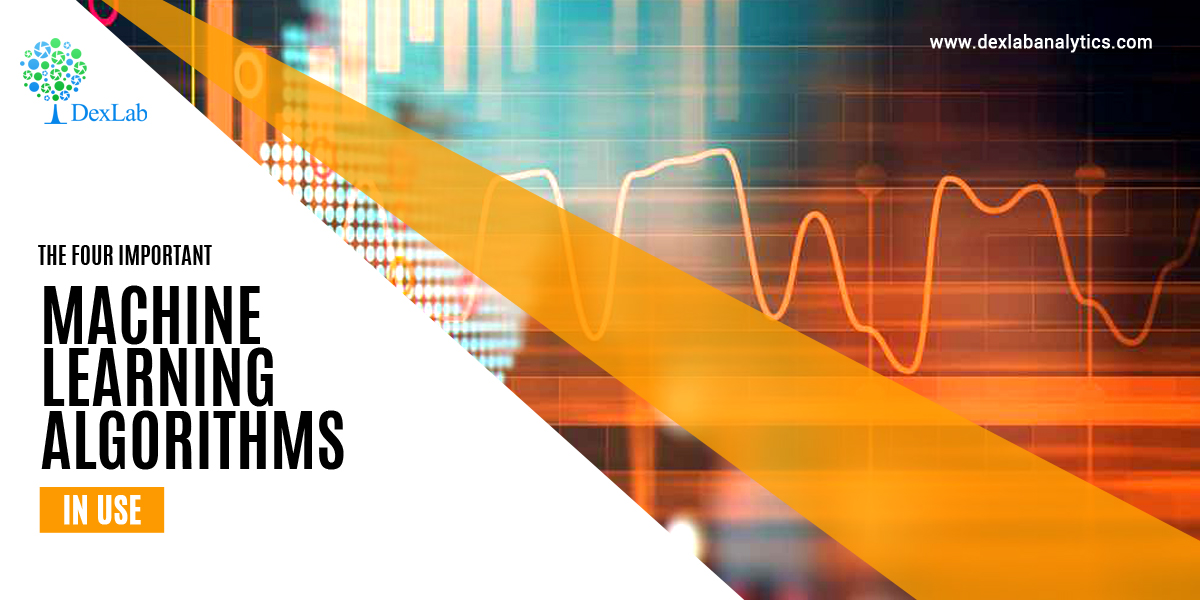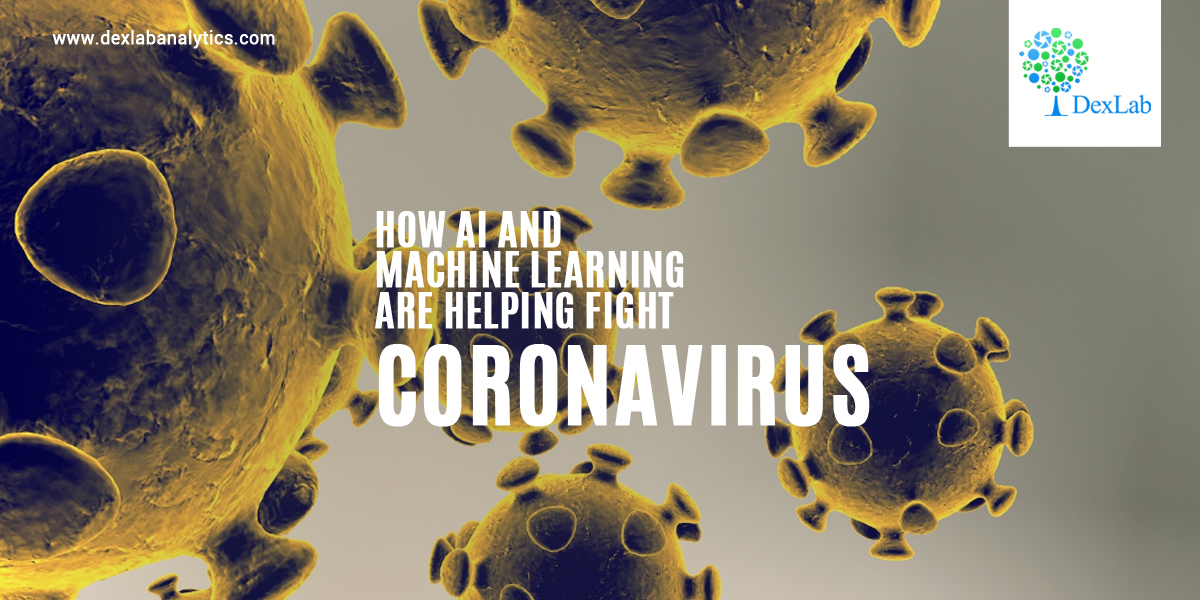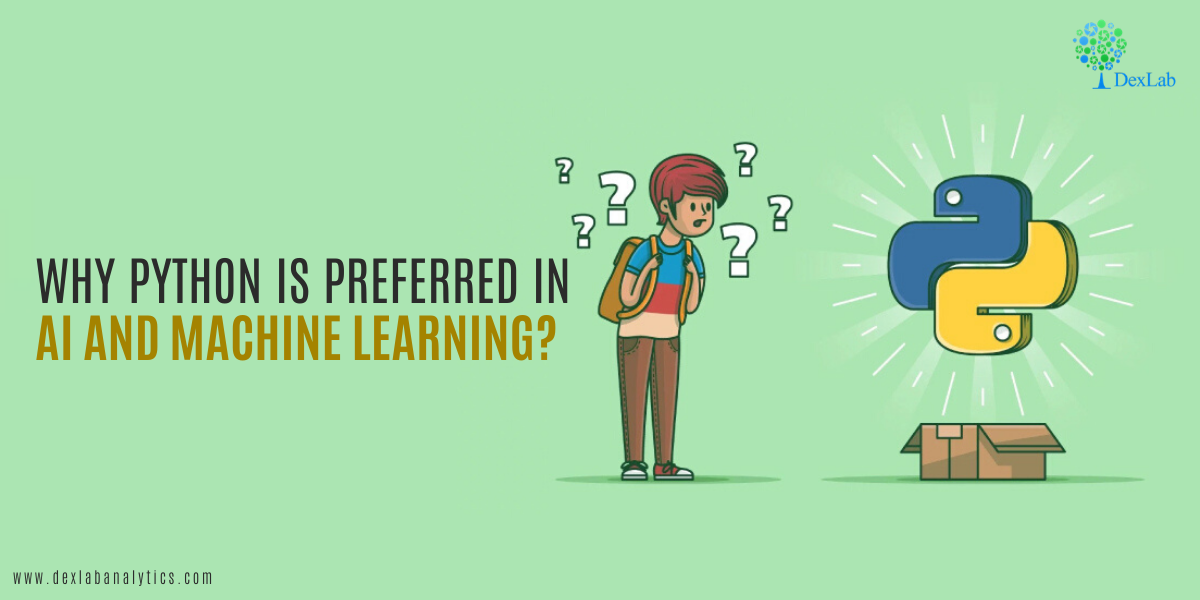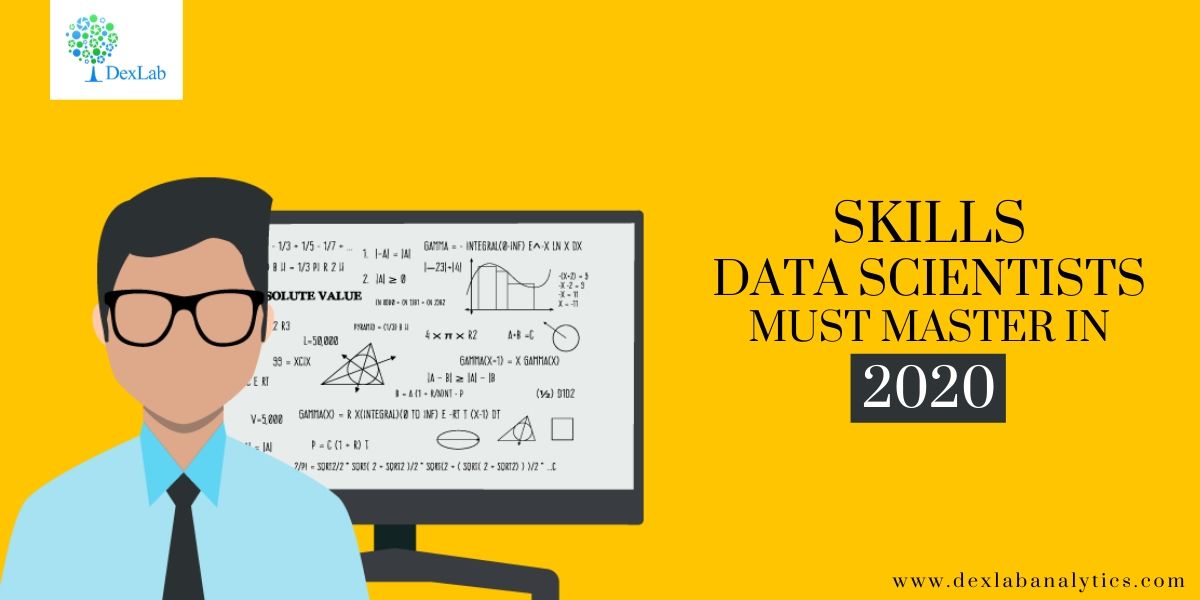AutoML, with its ability to perform data pre-processing, ETL tasks, and transformation, is likely to become the most sought after development in computing sciences for more reasons than one.
Data scientists with competent skills who can work on big data, advanced analytics, and predictive models are few and hard to find. However, AutoML programs have made life easier for businesses and organisations by coming to the rescue of lesser skilled professionals.
Bridging the skill gap, AutoML is helping lesser skilled professionals build models using the best diagnostic and predictive analytics tools.
“AutoML packages like auto-sk learn can automatically do the model selection, scoring, and hyperparameter optimisation. Services like Amazon Forecast and Google’s Cloud AutoML also help in determining the algorithm to fit best with the data,” says a report.
With time, the amount of data generated by computer systems will have grown exponentially, and “the world of analytics, AI, machine learning and data science will see a wave of data and training. And, with the increasing amount of data, here’s why AutoML might be the most used technology in 2020.”
Hastening The ML Process
It takes human beings a longer time to build ML models than it takes automatic systems to, and accuracy is not always at par on the part of human beings. It would take less time for AutoML to construct a model and businesses are slowly preferring to use automated machine learning to amplify their predictive power for the need for insights from big data is only growing.
“An ML process typically consists of data pre-processing, feature selection, feature extraction, feature engineering, algorithm selection, and hyperparameter tuning. These take up more time to implement and require considerable expertise; AutoML, on the other hand, removes the trouble of going through some of these tedious processes.”
Addressing The Skills Gap
AutoMLis helping bridge the skills gap, especially in non-tech companies or companies with less data science expertise. “With the launch of Cloud AutoML, based on Neural Architecture Search (NAS) and transfer learning, Google believes that it has the potential to make the existing AI/ML experts more productive along with helping the less skilled engineered to build a powerful AI system.”
AutoML, also, hasmade machine learning a democraticsystem. It has helped “to carry out processes like hyperparameter tuning, selection of algorithms, and finding the appropriate model — as these tasks are tedious and at the same time complex.”

Bettering Scalability
Machine Learning requires massive amounts of data to work on and training a model takes a long time, especially if the model is big. “AutoML, on the other hand, makes it easy to handle data, train model, evaluate, experiment, and even deploy the model for different use cases as it takes on the task to find the best algorithm for the task to be done.”
To enrol in a course on AutoML, do peruse the DexLab Analytics website today. DexLab Analytcis is a premiere Machine Learning training institute in Delhi and NCR.
.
